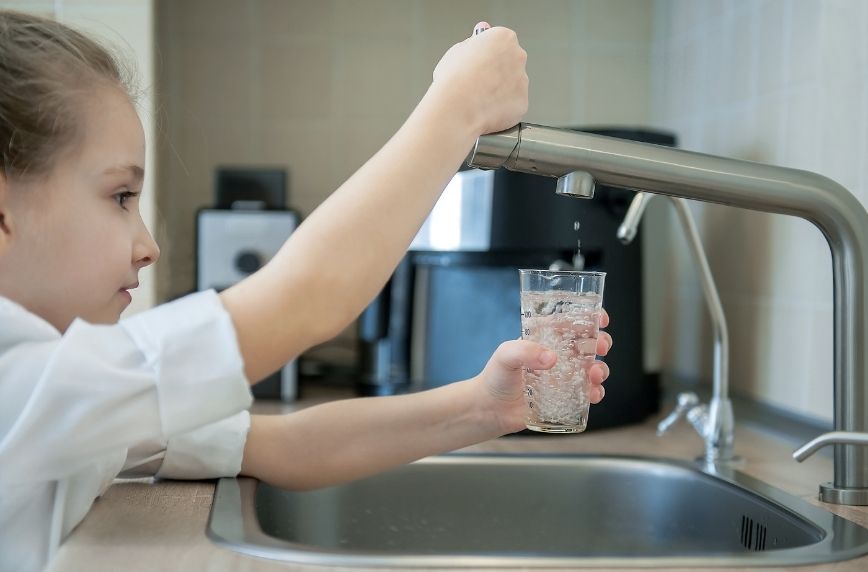Homeowners often don’t detect many harmful air and water contaminants in their houses. Letting these contaminants run amok in your home can result in various health complications. Home devices, now equipped with technology that assesses air and water quality and checks for pollutants, have improved significantly. When it comes to your home’s safety, you need to understand which items to frequently test for around your home.
Radon
Radon can get into your home through faults in the home’s foundation, crawl space, and basement. Radon seeps up from the soil as a result of abundant uranium decay. It’s a detrimental gas to have in your home and one of the leading causes of lung cancer among nonsmokers.
Though some states are more susceptible to radon production than others, it’s crucial to have your home tested for the gas regardless of your location. If your home tests positive for high radon levels, radon remediation providers can reduce the gas’s presence significantly.
Water
You drink it, bathe in it, and use it for chores, but is your home’s water clean? A contaminated water supply can lead to illness if you don’t treat it accordingly. A handful of factors influence how often you should test your water, and your home’s appliances may influence which types of tests you perform on your drinking water. If you suspect your water is contaminated, a professional water treatment or a home water filtering system may be necessary.
Indoor Air
Of course, you want the air you’re constantly breathing to be safe, too. With more individuals working and learning from home due to the pandemic, people are spending more time inside their homes. The air inside homes isn’t as clean as outdoor air, making it one of the imperative items to frequently test for around your home. You can check for mold, allergens, and other home impurities with DIY test kits. If you have the budget, a certified environmental inspector may be able to secure more accurate results. These results will influence next steps, such as upgrading air filters, installing new HVAC appliances, or using enhanced cleaning routines.
Lead Paint
Lead paint is no longer produced, but manufacturing of it didn’t stop until 1978. If your home was built before that year, you may be exposed to lead paint. Lead is neurotoxic and especially harmful for children to inhale. From cancer and strokes to stunted growth, numerous diseases have been linked to lead paint exposure. Before sanding or knocking down any walls, check for the presence of lead in your paint. Naïve renovation can cause lead particles to further infect your home’s indoor air.
Are You a Professional?
Requests for your services are coming in left and right. Let’s connect and grow your business, together.


